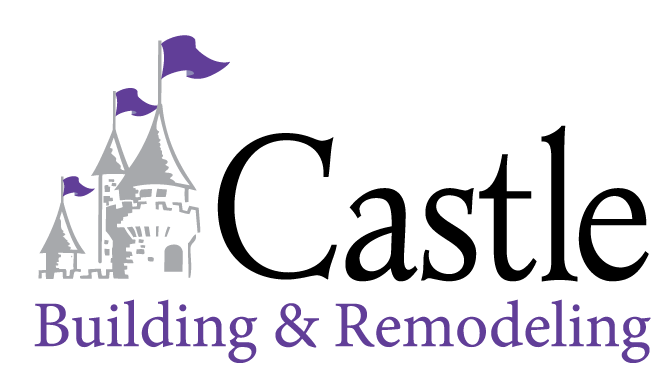I’m incredibly excited to share that I’ve been featured in the latest issue of Midwest Design in their insightful article, “Navigating the Uncertainty (and Opportunity!) of Tariffs.” This piece couldn’t be more timely, as the design industry, like so many others, continues to grapple with the complexities of tariffs and the ongoing trade wars.
![]() The article delves into how businesses, particularly in the Midwest, are adapting to the evolving tariff landscape. It highlights the significant impact these policies have on supply chains, material costs, and ultimately, the final price tag for consumers. As many of us know, tariffs are essentially taxes on imported goods, and when they rise, so do the costs of everything from imported furniture and lighting to raw materials like steel and aluminum, crucial for our projects.
The article delves into how businesses, particularly in the Midwest, are adapting to the evolving tariff landscape. It highlights the significant impact these policies have on supply chains, material costs, and ultimately, the final price tag for consumers. As many of us know, tariffs are essentially taxes on imported goods, and when they rise, so do the costs of everything from imported furniture and lighting to raw materials like steel and aluminum, crucial for our projects.
The current trade environment, with its reciprocal tariffs and industry specific penalties, creates a volatile and often unpredictable market. We’ve seen firsthand how these shifts can lead to price increases and even supply chain disruptions, challenging our ability to source specific products or maintain project timelines. The Midwest Design article does an excellent job of outlining these challenges, offering a clear picture of the “labyrinth of threats” that businesses face.
However, as the article title aptly suggests, there’s also opportunity amidst this uncertainty. The discussion in Midwest Design emphasizes the need for strategic adaptation. This means re-evaluating sourcing strategies, exploring domestic alternatives where possible, and fostering strong relationships with diverse suppliers to mitigate risks. It’s about building resilience into our operations.
Being part of this conversation in Midwest Design is a true honor. It underscores the importance of staying informed and agile in an ever-changing global economy. By understanding the nuances of tariffs and trade wars, we can not only navigate the challenges but also uncover new avenues for growth and innovation within the remodeling industry. I encourage everyone to read the full article to gain a deeper understanding of these critical issues and how we, as a remodeling community, are facing them head-on.
